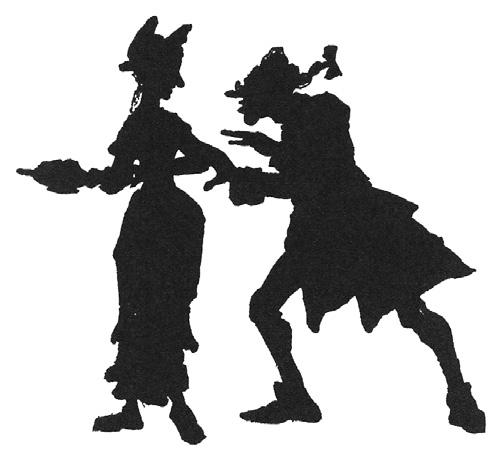
3 minute read
Booklover
Column Editor: Donna Jacobs (Retired, Medical University of South Carolina, Charleston, SC 29425) <donna.jacobs55@gmail.com>
Reading “The Miraculous Revenge,” an 1885 short story by George Bernard Shaw opened a memory window of a very lovely time spent in Ireland in October of 1999. I was there with a group of friends as part of the Leukemia and Lymphoma Society’s Team in Training to participate in the Dublin Marathon. (There is quite a memorable photograph at the finish to punctuate the occasion!) Before we tackled the 26.2-mile trek through the town, we employed a lively tour guide by the name of John Curley to entertain us for a day. It was filled with smiles, captivating expressions, Red Bull, rain, double rainbows, windy seascapes, a tour of Powerscourt, Wicklow County, a pint of Guinness, the Glendalough cemetery and a flock of sheep slowing our progress along winding rural roads. It was magic. I’ve always wanted to go back and Shaw transported me with his short story.
George Bernard Shaw won the 1925 Nobel Prize in Literature “for his work which is marked by both idealism and humanity, its stimulating satire often being infused with a singular poetic beauty.” Dublin was his hometown and there in the schools he began his lifelong distaste for formal education. “Schools and schoolmasters, as we have them today, are not popular as places of education and teachers, but rather prisons and turnkeys in which children are kept to prevent them disturbing and chaperoning their parents.” He would later move to London where he lived with his mother. She provided him with a stipend thus he could immerse himself in the collections of the public libraries and the British museum. There he studied and began to write.
Rejection was his early friend but his intensive reading led him down a political path that influenced the remainder of his life’s activities as well as his literary output. Art Critic, both theater and music was an early profession; five novels written that never gained acclaim; short stories attempted; 63 plays that gained him popularity; opinion pieces on socialism and eugenics; and a treasure trove of correspondence that inspired independent works for the stage. He also developed an Bernard Shaw eye for photography and his photo documentation was extensive.
One bio accents that in his advanced years, he became “a household name both in Britain and Ireland, and was famed throughout the world.” Later, “My Fair Lady,” the 1956 Broadway musical based on Shaw’s 1913 play “Pygmalion” would significantly advance this fame. Shaw passed away in 1950 at the age of 94. His home in Ayot St Lawrence Hertfordshire, known as Shaw’s Corner, is under the protection of the National Trust and open to the public. In addition, an annual festival known as “The Shaw Festival” is held in Niagara-On-The-Lake, Ontario, Canada: https://www.shawfest.com/ By routine in this Booklover column, there is usually a tease of a sample of the Nobel Laureate’s wordcraft. But the story is short. Enjoy Shaw’s wit, humor and facility with dialogue for yourself. (Copying and pasting the link works best.): https://www.online-literature.com/ george_bernard_shaw/4212/
“People who say it cannot be done should not interrupt those who are doing it.” — George Bernard Shaw










